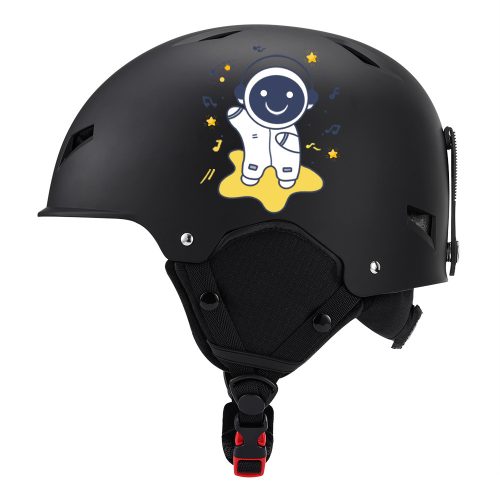1. Importance of Safety Helmets:
Safety helmets play a vital role in safeguarding the head and brain against potential injuries from falling objects, impacts, or accidents. Here are some key reasons why safety helmets are essential:
- Head Protection: They provide protection against head injuries, which can be life-threatening or cause long-term damage.
- Regulatory Compliance: In many industries, wearing safety helmets is mandatory as per government regulations or company policies.
- Enhanced Visibility: Some helmets are designed with reflective materials to improve visibility in low-light conditions.
2. Types of Safety Helmets:
Safety helmets come in various types, each designed for specific purposes. The choice of the right type depends on your industry and the potential risks involved. Common types include:
- Hard Hats: These are the most common safety helmets, typically used in construction and industrial settings. They provide protection against falling objects and impacts.
- Bump Caps: Lighter and less protective than hard hats, these are used in industries with low head injury risks, such as warehouses and food processing.
- Climbing Helmets: Designed for rock climbing and mountaineering, they offer protection against impact and falling debris.
- Cycling Helmets: These are designed for cyclists and offer protection in the event of falls or collisions.
- Fire Helmets: Firefighters use specialized helmets that provide protection against flames, heat, and falling debris.
3. Choosing the Right Helmet:
Selecting the appropriate safety helmet involves considering factors like the type of work or activity, potential hazards, and comfort. Some key considerations include:
- Safety Standards: Ensure the helmet meets relevant safety standards like ANSI, CSA, or EN, depending on your region.
- Fit: The helmet should fit snugly and comfortably. Ensure it can be adjusted to your head size.
- Comfort: Look for helmets with adequate padding and ventilation to maximize comfort during extended wear.
4. Proper Usage and Maintenance:
To ensure the safety helmet remains effective, you should:
- Inspect Regularly: Check for cracks, dents, or any visible damage. If the helmet is damaged, replace it immediately.
- Clean and Maintain: Follow the manufacturer’s guidelines for cleaning and maintenance. Keep it clean and free from debris.
- Replace if Necessary: Helmets have a limited lifespan. Replace them as recommended by the manufacturer or when damaged.
5. Safety Helmet Accessories:
You can enhance the functionality of your safety helmet with accessories like:
- Face Shields: Protect the face from flying debris or chemical splashes.
- Hearing Protection: Attachable ear muffs for noise reduction.
- Chin Straps: Ensure the helmet stays securely in place, especially when working at heights.
- Helmet Lights: Improve visibility in low-light conditions.
6. Training and Education:
Proper training and education are essential for the correct use of safety helmets. This includes understanding when and how to wear them, how to inspect for damage, and when to replace them.
In summary, safety helmets are a fundamental part of personal protective equipment, providing essential protection against head injuries. Selecting the right helmet, using it correctly, and maintaining it are crucial for your safety. Always follow safety guidelines and regulations in your industry or activity to minimize risks.
Please note that specific regulations and standards may vary by region and industry, so consult your local authorities and organizations for the most current guidelines and requirements.


